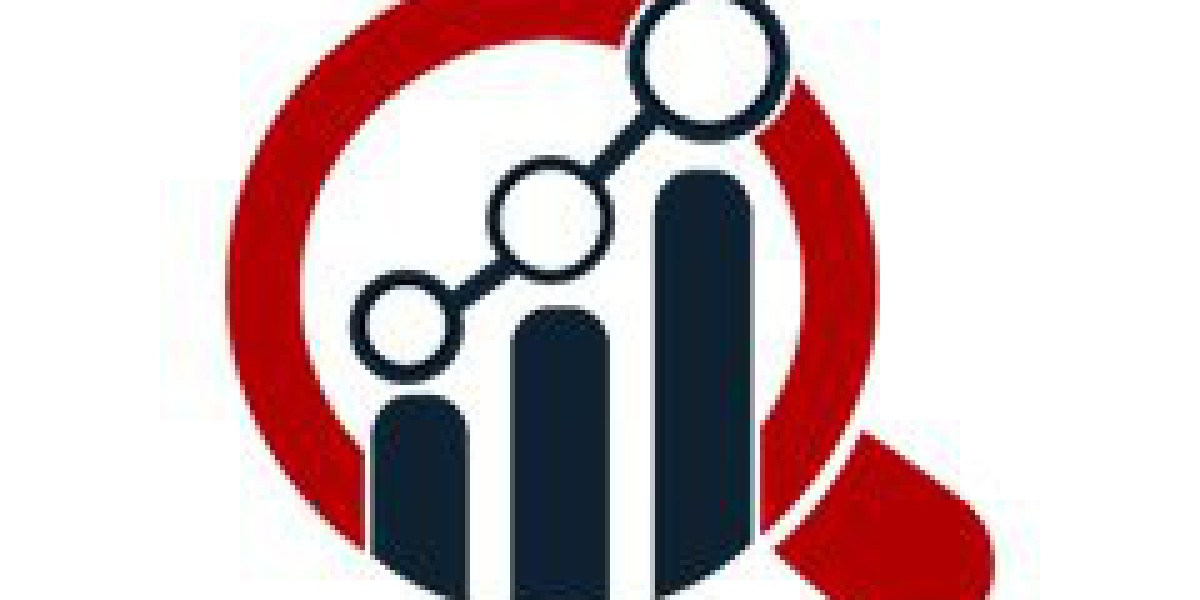Navigating the world of medical billing can often feel like deciphering a complex code. Among the many documents that patients and healthcare providers encounter, the Explanation of Benefits (EOB) stands out as a crucial piece of the puzzle. Understanding what an EOB is, its role in the medical billing process, and how to use it effectively can make a significant difference in managing Outsource Medical Billing Consulting Services expenses and ensuring accurate billing.
What Is an Explanation of Benefits (EOB)?
Definition
An Explanation of Benefits (EOB) is a statement provided by your insurance company detailing how a claim was processed. It explains what medical services were covered, what the insurance company paid, and what remains the patient’s responsibility. Contrary to its name, an EOB is not a bill but rather a summary of the claim’s status.
Key Components of an EOB
An EOB typically includes:
- Patient Information: Details about the insured individual.
- Provider Information: Details about the healthcare provider who performed the service.
- Service Details: A description of the medical services provided.
- Claim Status: Information on how the claim was processed.
- Financial Information: Breakdown of payments made by the insurance company and what is owed by the patient.
The Role of EOB in Medical Billing
Importance in the Billing Process
The EOB is pivotal in the medical billing process. It acts as a bridge between the healthcare provider, the patient, and the insurance company. By providing a detailed breakdown of claims, it helps in ensuring transparency and clarity regarding what is covered and what isn’t.
How EOB Affects Patients and Providers
For patients, the EOB provides a detailed account of what the insurance company has paid and what they owe, allowing for better financial planning and management. For providers, it confirms that the payment for services rendered has been processed and helps in reconciling accounts.
How EOB Is Generated
The Process from Claim Submission to EOB Issuance
- Claim Submission: The healthcare provider submits a claim to the insurance company after a patient’s visit or procedure.
- Claim Processing: The insurance company reviews the claim, verifying details and determining coverage based on the patient’s policy.
- EOB Issuance: Once the claim is processed, an EOB is generated and sent to both the patient and the provider, detailing the outcome.
Involvement of Insurance Companies
Insurance companies play a crucial role in generating EOBs. They review claims, determine coverage amounts, and provide a detailed breakdown of payments and patient responsibilities in the EOB.
Understanding the Components of an EOB
Patient Information
This section includes the patient’s name, policy number, and any relevant identifiers.
Provider Information
Details about the healthcare provider, including their name and contact information, are listed here.
Service Details
This part outlines the services provided, including dates and descriptions of the treatments or procedures.
Claim Status
Indicates whether the claim was approved, denied, or partially covered. It also includes reasons for any denials or reductions.
Financial Information
Breakdown of charges, insurance payments, and any amounts owed by the patient are detailed here.
How to Read an EOB
Breaking Down the Sections
Understanding each section of an EOB is crucial for interpreting the information correctly. Start with the patient and provider information, then move to service details, claim status, and financial information.
Common Terms and What They Mean
Familiarize yourself with common terms such as “deductible,” “copay,” and “coinsurance” to better understand your financial responsibilities.
Common Issues Found in EOBs
Errors and Mistakes
Errors can occur, such as incorrect service dates or misapplied charges. Identifying these errors is crucial to ensure accurate Outsource Urology Medical Billing.
How to Address Discrepancies
If you find discrepancies in your EOB, contact your insurance company or healthcare provider to resolve the issue. Provide documentation and details to support your case.
The Impact of EOB on Patient Billing
How EOB Affects Patient Payments
The EOB helps patients understand their financial responsibilities, including copays, deductibles, and coinsurance amounts, leading to more informed payment decisions.
Copays, Deductibles, and Coinsurance
These terms define the amounts patients are required to pay out-of-pocket. The EOB breaks down these amounts, providing clarity on what needs to be paid.
The Importance of Reviewing Your EOB
Why It’s Crucial to Examine Your EOB
Regularly reviewing your EOB ensures that you are aware of any discrepancies and can address them promptly. It also helps you understand your insurance coverage better.
How Regular Review Can Prevent Billing Issues
By keeping a close eye on your EOB, you can catch and correct errors early, preventing larger billing issues and potential financial stress.
EOB vs. Medical Bills
Key Differences
While an EOB is a summary of the claim and insurance payment, a medical bill is a statement from the healthcare provider indicating the amount owed by the patient.
Why Both Are Important
Both documents are essential for managing medical expenses. The EOB provides details on insurance payments, while the medical bill indicates the final amount due.
How EOB Helps Providers
Streamlining the Billing Process
For providers, the EOB streamlines the billing process by providing detailed information on claim payments, allowing for efficient billing and reconciliation.
Verifying Claims and Payments
The EOB helps providers verify that they have received the correct payments from the insurance company and can follow up on any outstanding amounts.
Tips for Managing Your EOB
Organizing and Storing EOBs
Keep a file or digital record of your EOBs for future reference. Proper organization helps in tracking medical expenses and resolving any issues that may arise.
Keeping Track of Medical Expenses
Regularly review your EOBs and medical bills to track your healthcare spending and stay on top of your financial responsibilities.
EOB and the Appeals Process
How to Appeal a Claim Denial
If a claim is denied or partially paid, you can appeal the decision. The EOB provides the necessary information for this process, including reasons for denial.
The Role of EOB in the Appeal
Use the details from the EOB to prepare your appeal, providing evidence and explanations to support your case.
Technology and EOB
Electronic EOBs
Many insurance companies now offer electronic EOBs, which can be accessed online, making it easier to track and manage your claims.
How Technology Enhances the EOB Process
Technology improves the EOB process by offering quicker access to information, better organization, and easier tracking of claims and payments.
Conclusion
The Explanation of Benefits (EOB) is a vital document in the medical billing process, offering transparency and clarity about how claims are processed and what financial responsibilities lie ahead. By understanding and effectively using your EOB, you can manage your medical expenses more efficiently, ensure accurate billing, and address any issues that may arise.
FAQs
What should I do if I don’t receive an EOB?
Contact your insurance company to inquire about the missing EOB and ensure your claim was processed correctly.
Can I dispute charges listed on my EOB?
Yes, you can dispute charges by contacting your insurance company or healthcare provider, providing evidence to support your case.
How often should I review my EOB?
It’s a good practice to review your EOBs regularly, ideally after each medical visit or procedure, to stay informed about your financial responsibilities.
What if my EOB is incorrect?
If you find errors on your EOB, reach out to your insurance company or provider to correct the mistakes and adjust the billing accordingly.
How can I access my EOB online?
Many insurance companies offer online portals where you can view and download your EOBs. Check your insurer’s website or app for access.



